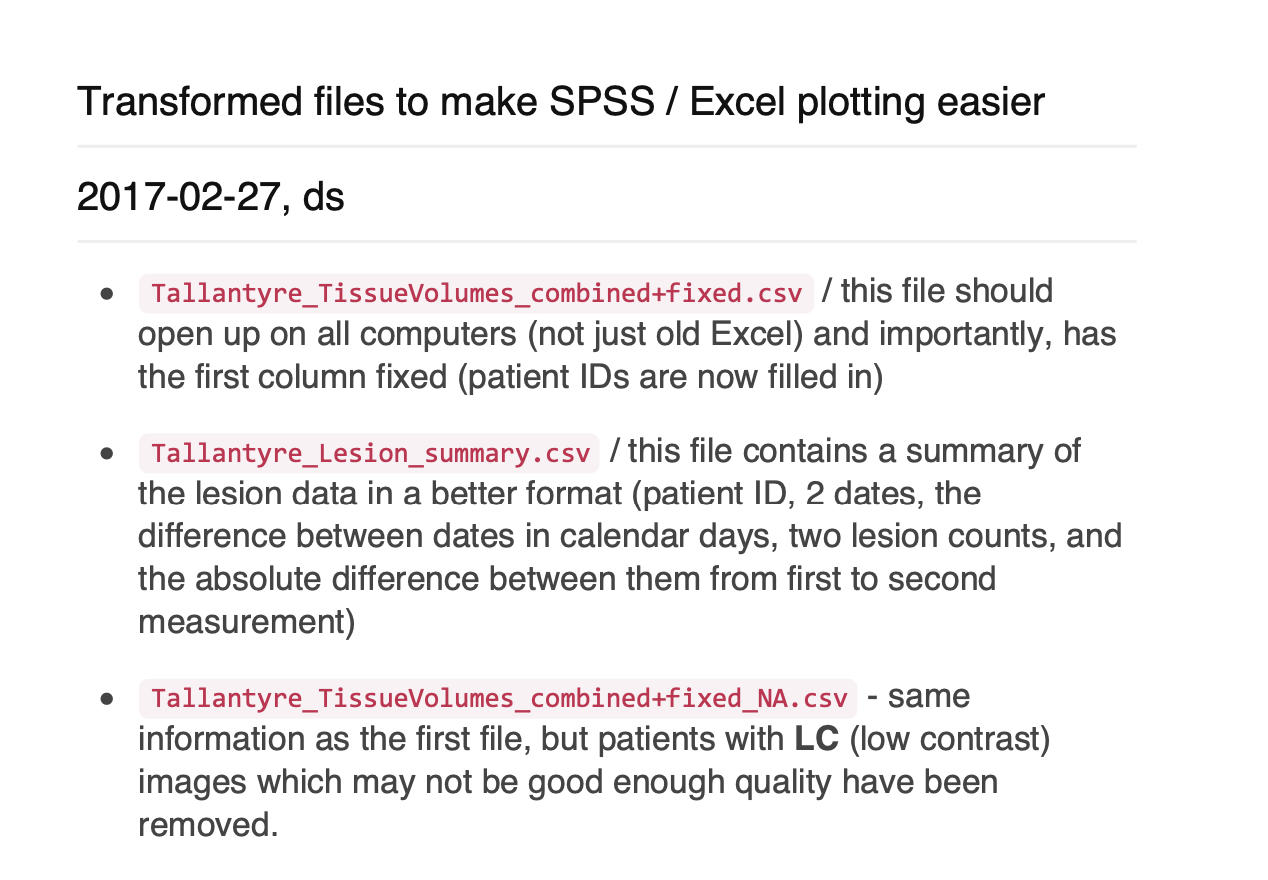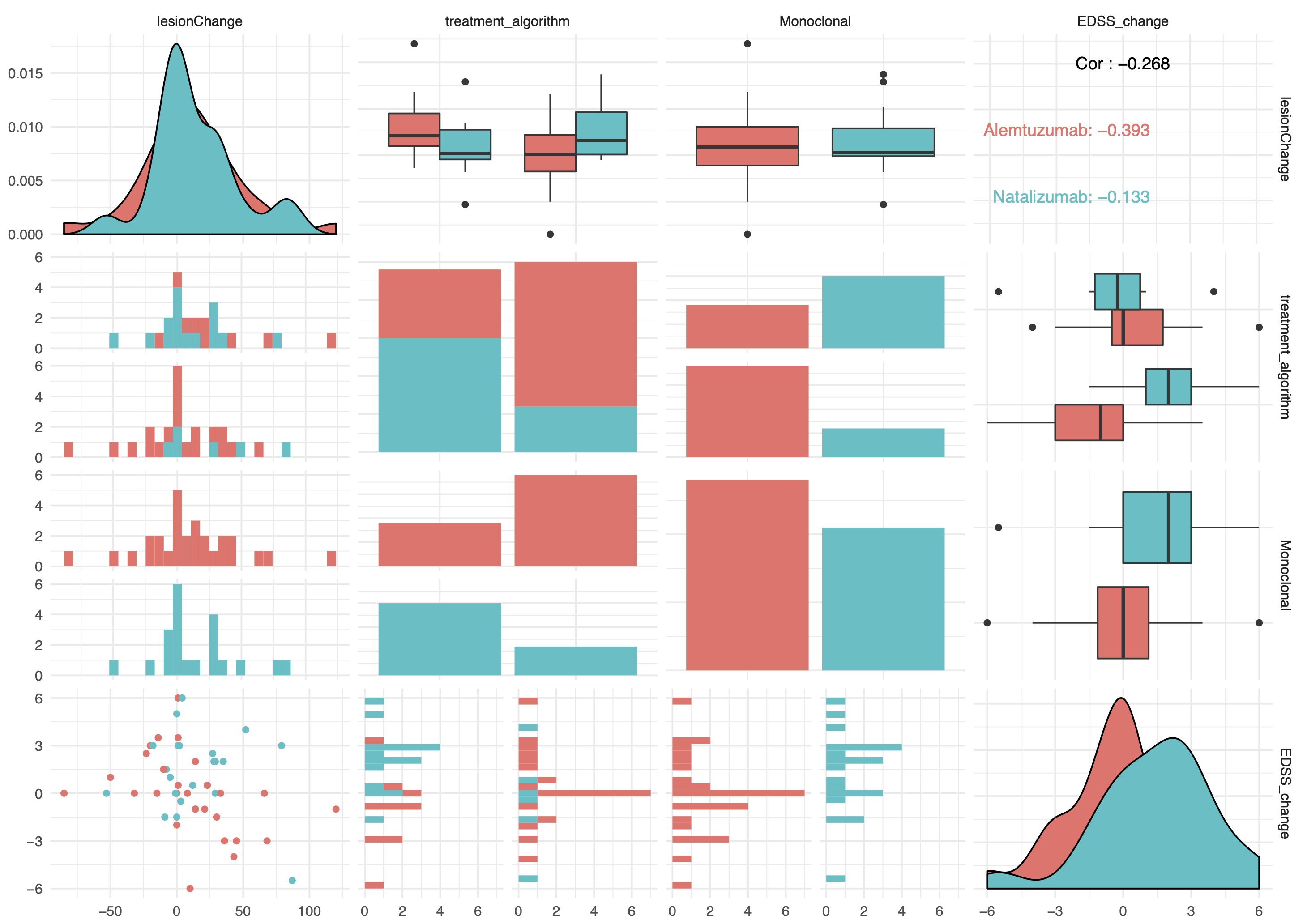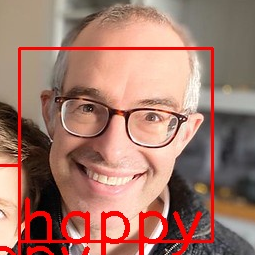What?
A big part of the final year of our Psychology course is the resarch project, aka “3rd year project” or “diss” 😀 (at UoN, the course code for this is PSGY3008 UNUK).
In a normal year, a group of 3-5 students will do a project with me. Our department encourages us to offer specific projects, to make it easier for students to find an appropriate supervisor. But I also encourage students to bring along their own ideas and topics if they are more independently minded.
Because of my expertise / research interests many of those final year projects involve:
- behavioural experiments (psychophysics, usually around visual perception); in the lab or on pavlovia.org
- secondary analysis of brain imaging data (although some quantitative skills / interests required)
- and more recently: questionnaires and online studies (using qualtrics, formr.org, …)
Some examples
2020/21
General theme in this year has been impact on people’s mental health / levels of anxiety. Ideas all driven by the students this year! Specifically:
- Psychological impact of sporting injuries on athletes
- Are there gender differences in the effects on mental health related to the COVID-19 pandemic)
- Does the presentation of statistics (on health topics, catastrophes, etc.) in the media affect levels of anxiety
- The relationship between family structures and mental health issues of young adults
2019/20
Illusions, decision, perceptual decision making
The aim of this project is to understand a certain class of perceptual illusions (biases in the way things are seen) that occur when subjects are forced to make decisions about stimuli and then report their appearance. Several interesting studies have shown that in such settings, the perceived motion is different from the motion the brain uses for the decision making task. Interestingly, misperceptions of the moving stimuli can be explained / predicted, if subjects are using an optimal strategy in the decision making task.
Students might like this topic particularly, if they are interested in neuroscience and visual perception.
See also: [Zamboni et al, 2016]
2017/18
Swiching rates in binocular rivarly
Following up literature reports of link between binocular rivalry switching rates and mood / affective state. Some students followed this up with a psychophysical study measuring switching rates and affective / mood questionnaires.
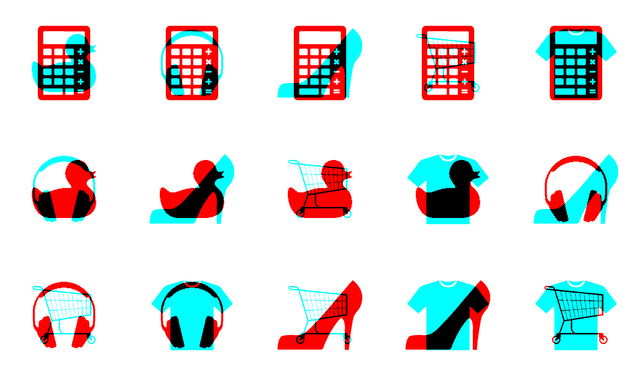
2016/17
Perception of data visualisations
Aka, “Are pie charts any good?” and “How well can people tell correlations in scatter plots?”
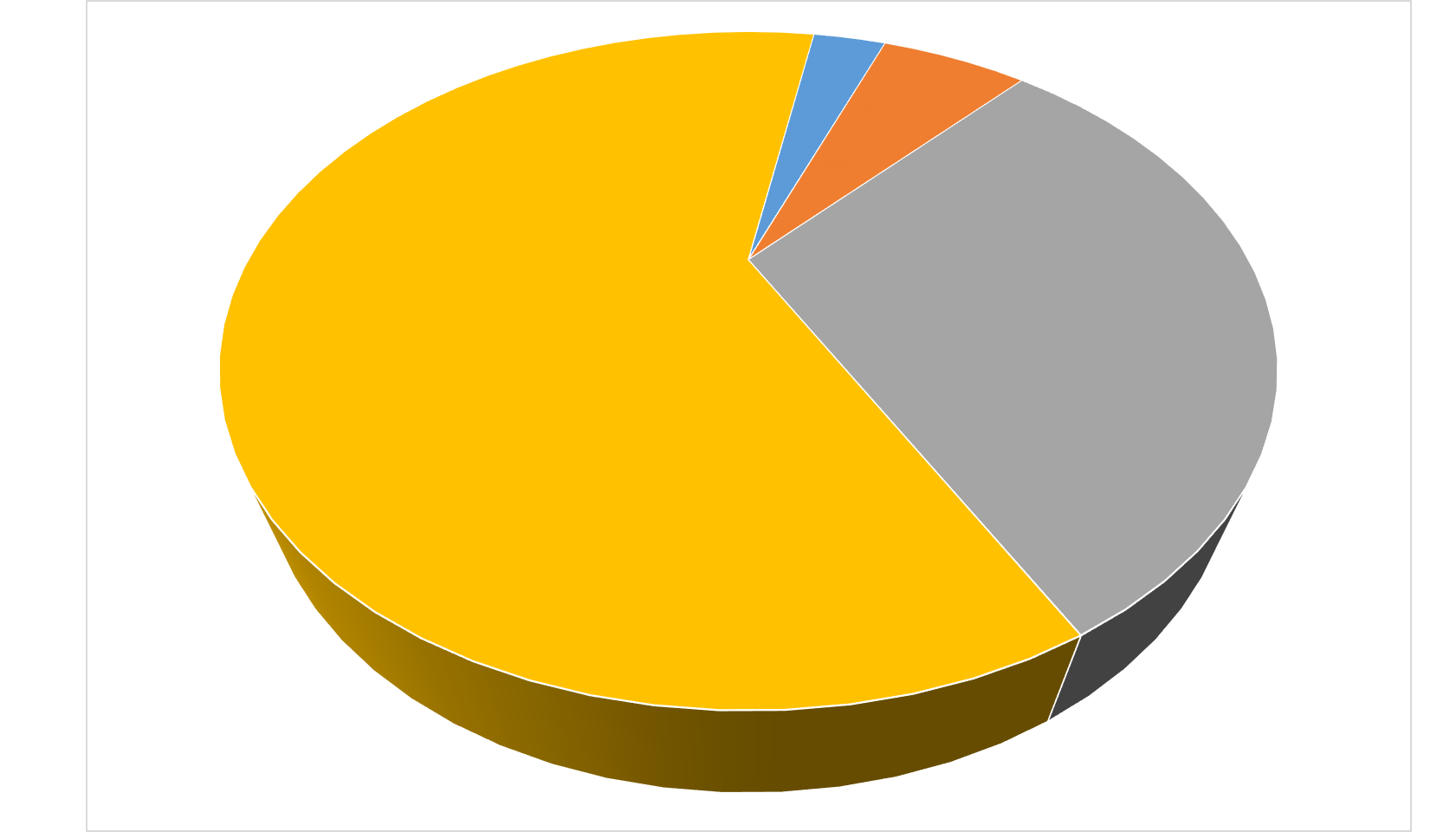
- Are 2D and 3D Pie Charts Effective Data Visualisations?
- The effects of mental rotation on the visualization of two dimensional pie charts
See also: some r analysis notes from one of the sessions
Multiple sclerosis / gray matter lesions
A detailed, secondary analysis of a multiple sclerosis imaging data set (anatomical MRI)…
